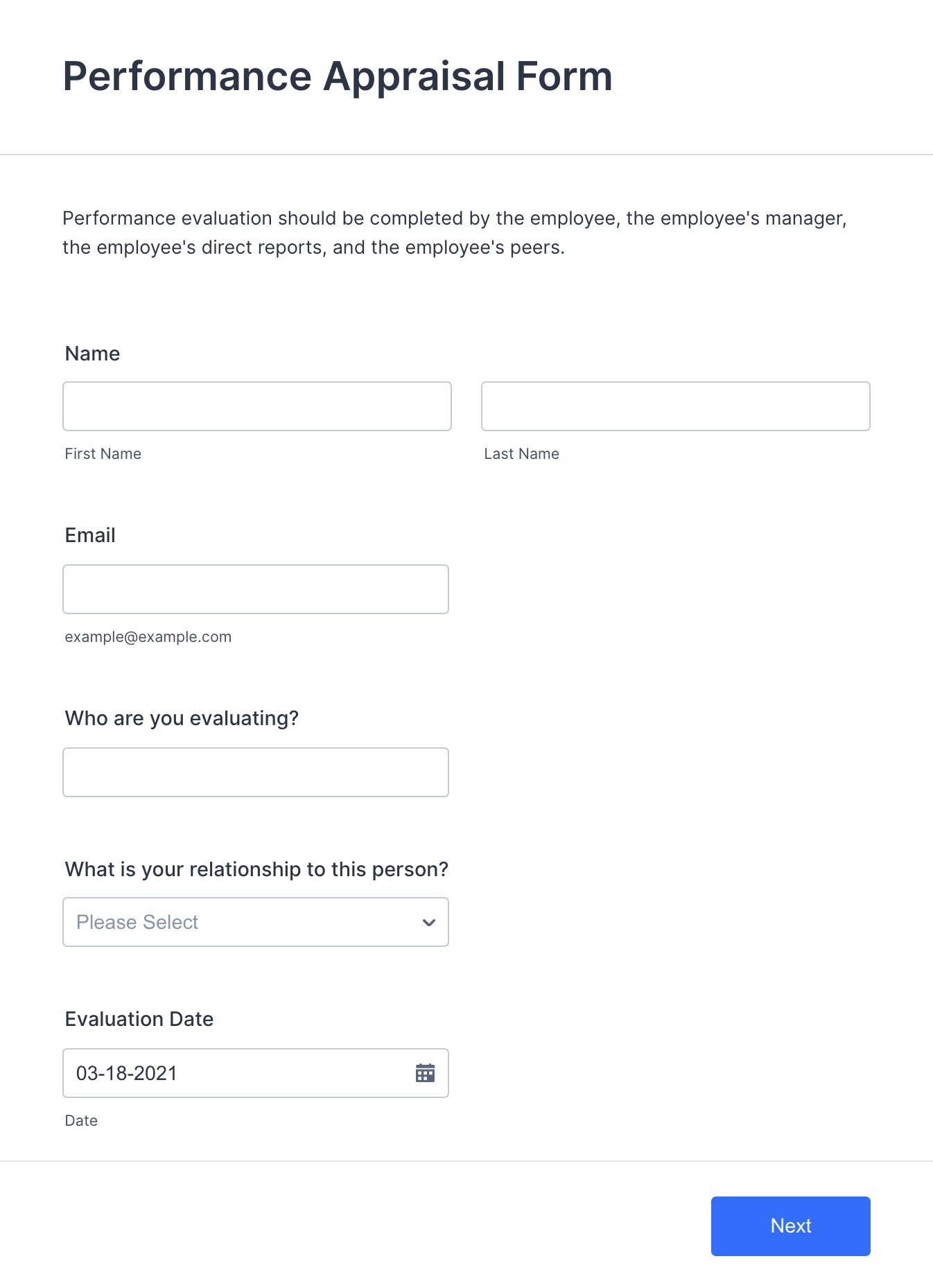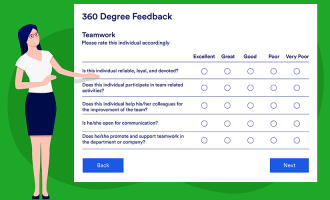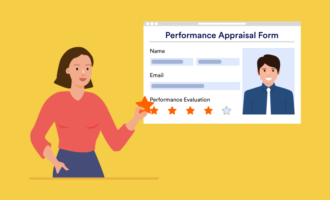Performance management and performance appraisal might sound like interchangeable HR jargon, but the two terms refer to two distinct ways to assess and improve employee performance.
Performance appraisal — which many people considered progressive when it first emerged — has been around since the early 20th century. As companies became more concerned with keeping their employees (and keeping them content) in the 1980s, they focused more on performance management, which emphasizes coaching employees and determining their potential for growth.
Performance appraisal is based on the assumption that all employees have certain skills and varying degrees of ambition. It assumes the best approach to managing the workforce is to motivate the stars with bonuses and promotions, and compensate everyone else on the team based on their competence.
Performance management looks at employees a little differently by presuming they have the ability to perform at higher levels. So while an employee may display a certain set of skills, you can’t get a full picture of their capabilities unless you present them with opportunities for training. Likewise, it’s hard to tell whether someone has ambition unless you give them more responsibilities and see how they respond.
Performance management values effective coaching, empathetic management, personal and career growth, and the satisfaction of being good at a job and contributing to a successful company.
But you don’t have to choose between performance management and performance appraisal. Skilled managers blend these two approaches to get the most from each team member.
Pro Tip
Gather important annual employee evaluation data seamlessly and store it securely in your Jotform account.
Different perspectives
The primary difference between these two approaches comes down to perspective. Performance appraisal periodically looks backward to evaluate how well an employee has met their goals and responsibilities — and it gives the employee an opportunity to do the same.
Unfortunately, performance appraisal sessions are often limited to the annual one-on-one meeting or the quarterly review — and then there’s an ambiguous radio silence between individual employees and their managers the rest of the time.
While this slightly ritualistic review does give employers an easy way to tell employees why they’re getting raises or bonuses (and why they aren’t), it’s often an anxious ordeal for the employee — and sometimes the manager too. That makes it hard to see how the performance appraisal might create an opportunity to improve employee performance or identify potential leaders.
Performance management is more of an ongoing process of recognizing, quantifying, coaching, and training individual employees. It takes some of the ritual and the stress out of the performance appraisal process and keeps lines of communication open. That gives managers the opportunity to deal with issues promptly and provide coaching and training or to add responsibilities when an employee shows promise.
Here are some examples of the different perspectives performance appraisal and performance management take:
- Correction vs growth. Performance appraisal, because it’s inherently about evaluating previous performance, encourages managers to evaluate how each employee has done their current job but not to consider a strategy for the employee to grow into other roles. Performance management is based on the premise that investing time and resources in experienced employees is strategically important to the growth of the company.
- Lessons learned vs lessons applied. Performance appraisal focuses on what an employee could’ve done differently in previous situations so they’ll handle those situations more effectively in the future. Performance management focuses on coaching employees to improve their current performance and giving them opportunities for more responsibility. The goal is to improve an employee’s satisfaction with their job and their career.
- Periodic meetings vs ongoing dialogue. Performance appraisals are seldom more frequent than twice a year, and there’s often no follow-up until the next appraisal. Performance management is part of the daily interactions between employees and managers.
- Hierarchy vs team. Senior managers — who might not interact regularly with their employees — often conduct performance appraisals. An employee’s immediate manager takes the lead in performance management, and more senior managers provide support when necessary.
- Data driven vs data assisted. In an effort to be objective, performance appraisals typically rely on quantitative metrics that don’t account for individual employee differences. Performance management takes more of a holistic approach to employee performance and how to enhance it, incorporating both quantitative and qualitative metrics.
Combining approaches for the best results
Some human resources managers advocate for performance appraisal, while others prefer performance management, but a blended approach works best. How can you make the process as easy as possible?
Jotform templates provide a straightforward and effective way for managers to document an employee’s performance and coach them throughout their career.
It’s important to keep a record of the tasks you’ve assigned an employee and chart their progress on larger projects so you’re not relying on your memory alone when you complete performance appraisals. And don’t forget to give your employees a chance to evaluate their own progress.
When you combine the best of performance appraisal and performance management — and have an effective way of keeping a record of both — you give everyone an opportunity to succeed.

















































































Send Comment: